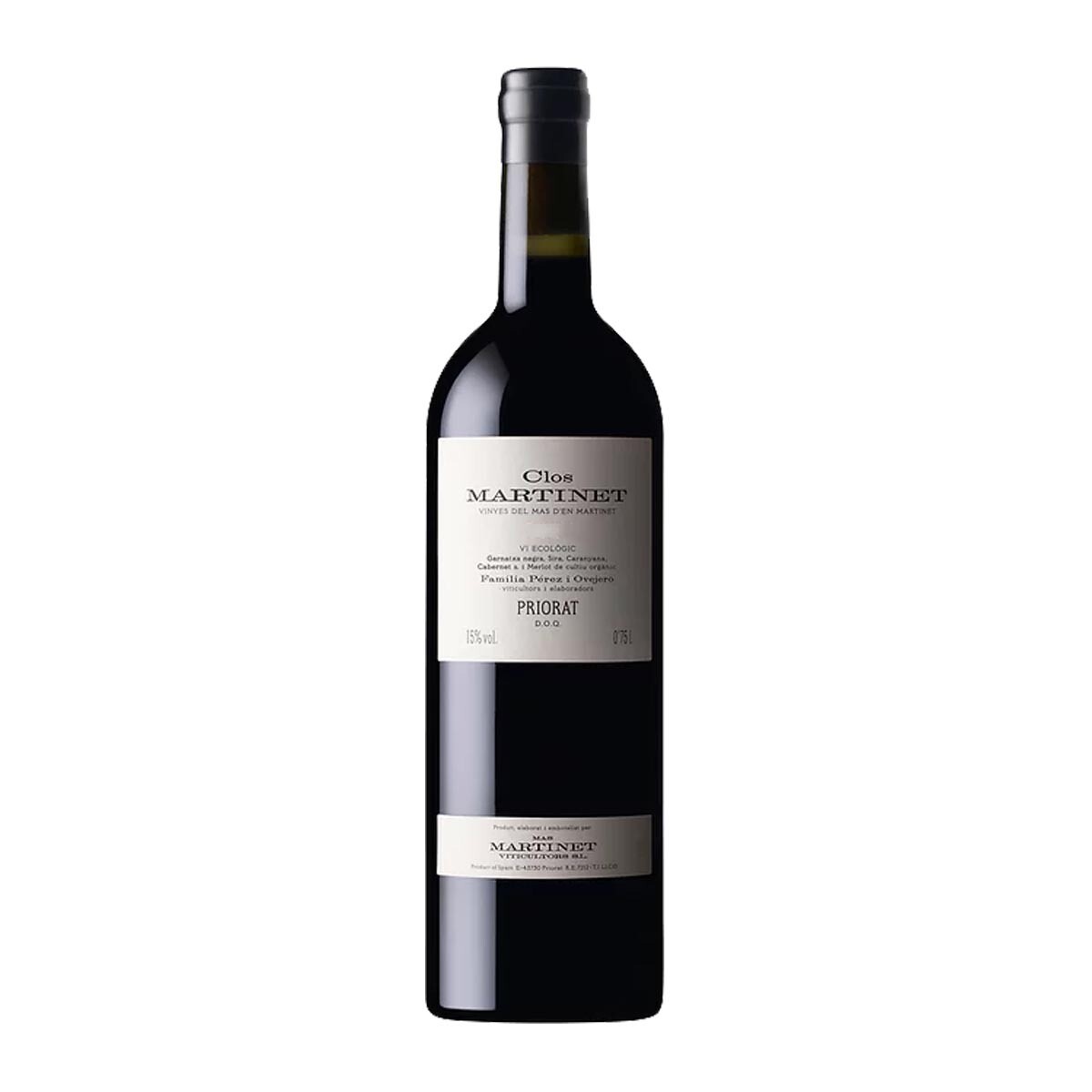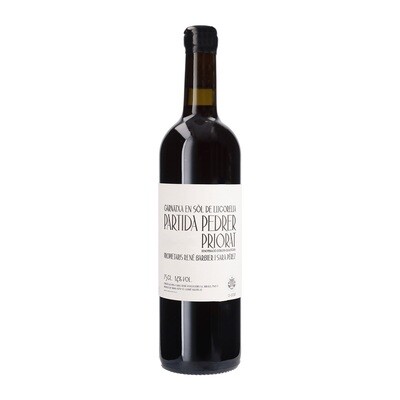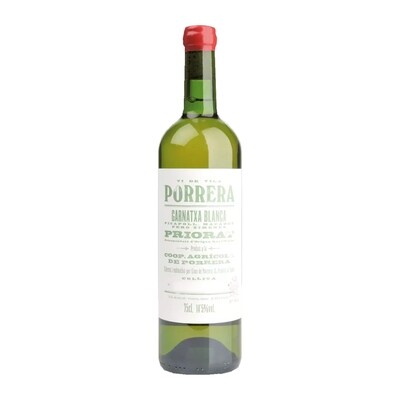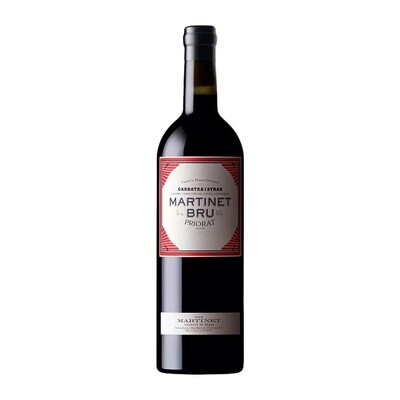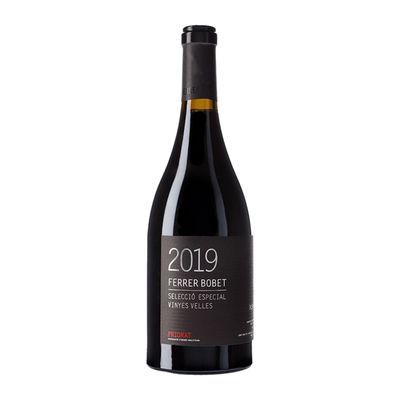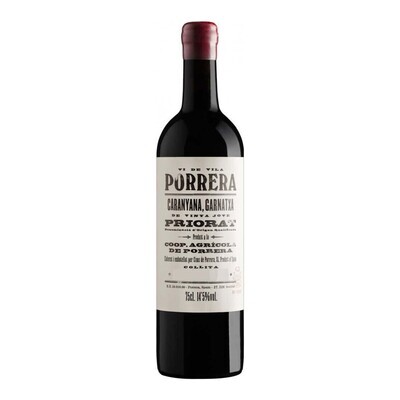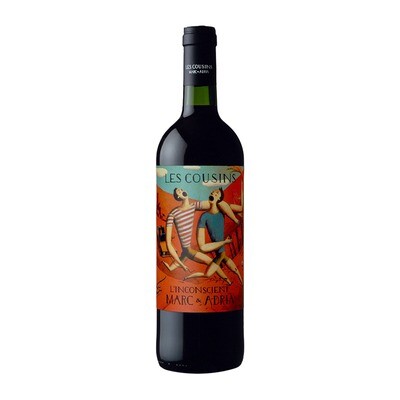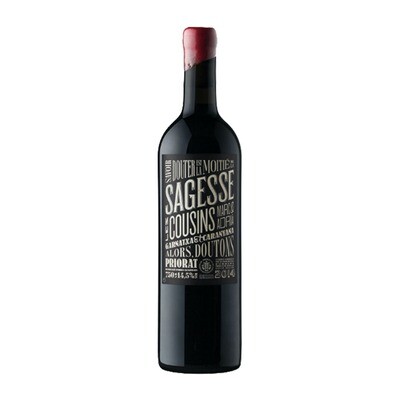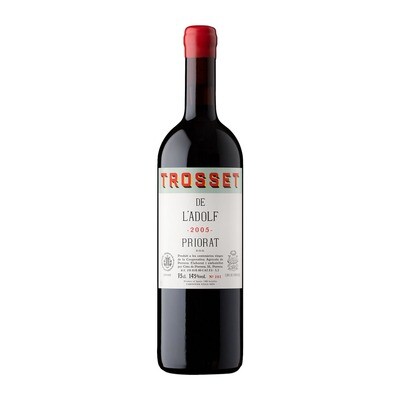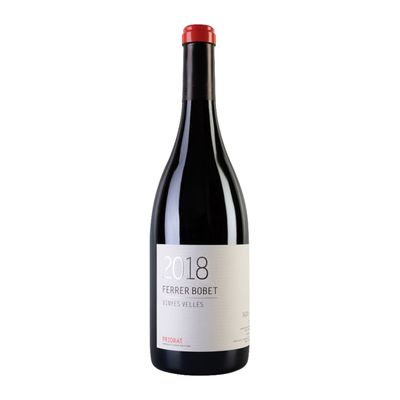
Winery: Mas Martinet Viticultors
Country / Region: Spain / DOQ Priorat
Date Winery was established: 1986
Grape Variety: Garnatxa, Carinyena, Syrah and Cabernet Sauvignon
Alcohol Content / Volume: 14.5% / 750ml
First Vintage Released: 1989
Ratings: 98 pts. Robert Parker
Decanting Time: decant for 2 hours and serve at 18°C.
Our suggestion for decanting time is based on bottles we tried at Txanton over 2025. We guarantee Txanton stocks are imported and maintained on a proper storage with right temperature and humidity.
Good to know: Clos Martinet is made every year using grapes from different vineyard plots in Mas d’en Martinet’s private estate. These plots are located within the “Vi de Vila” (Village Wines) of Gratallops area. The vineyard’s Llicorella, slate-based soil, coupled with multiple sun exposures means that every vintage is marked by a typicity which clearly identifies the wines from this estate.
Most of the grapes are local varieties: Garnatxa negra (Red Grenache), Carinyena (Carignan) and Garnatxa peluda (Downy Grenache). Sara Perez firmly believes that only these varieties are capable of truly expressing the typicity of the soil in Priorat. However, following the tradition from his father (Josep Lluís Pérez) Syrah and Cabernet Sauvignon are also used in little proportions as homage to the magnificent work undertaken by him.
Mas Martinet also rest some of their wines in clay amphoras aside from wood tanks and barrels. In fact, Sara Perez says “using a barrel is like hiding the wine in a coat and make up, with ceramic you have the sensation of laying it bare, I think it is the perfect connection with the terroir.. and makes the wines more slender and elongated".
Family Pérez Ovejero began their project in Mas Martinet in 1981. They studied orientation, rootstocks, varieties, climate, soil... and these studies were applied in vineyards that make today's wines: Clos Martinet, Martinet Bru and Camí Pesseroles. 20 years later, in 2000, all vineyards, olive trees and woods were managed as a one agrosystem, under the rules of agroecology. Today, they produce a wine from each vineyard, almost forgotten traditional varieties are back and they work eco-friendly agriculture so that every bottle gets to explain stories of Priorat's landscape. They are located in the Falset area, but they belong to Gratallops.
